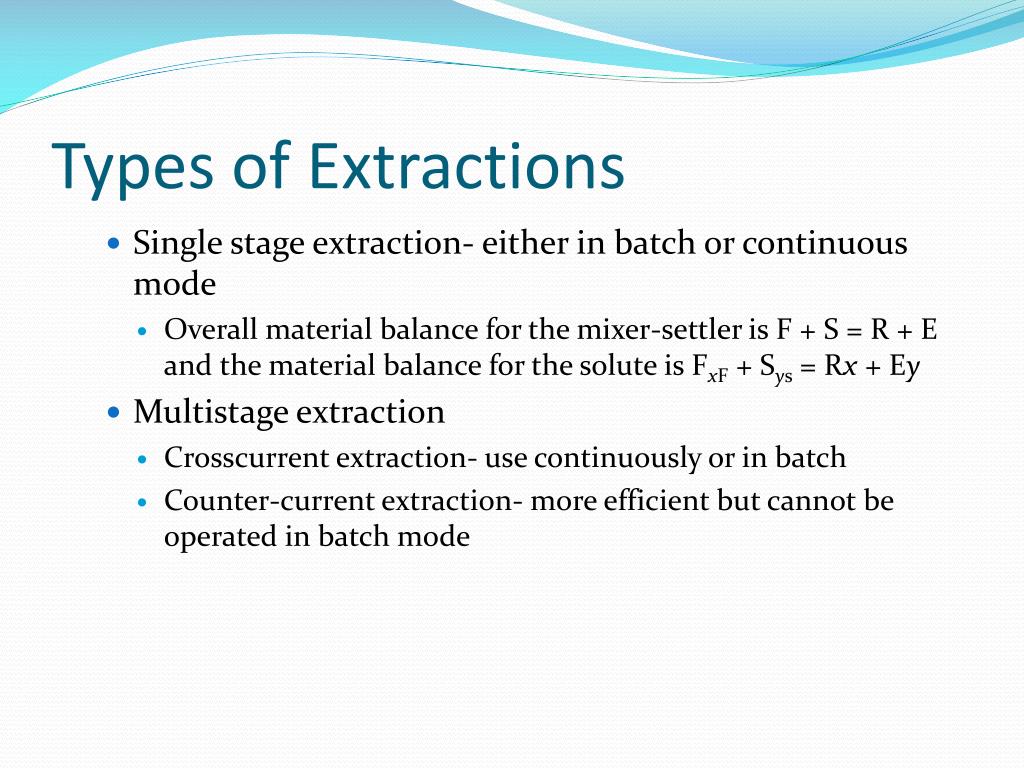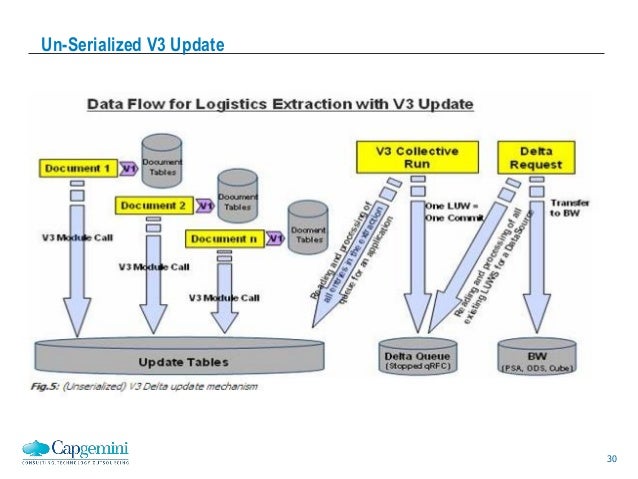
One-polymer ATPSs have also been reported, which utilize only one polymer for the formation of ATPS in water. Poly-phase systems (three or four polymer phases) also have been constructed for the separation of biomolecules. Most recently, ionic liquids (ILs) based ATPSs are being developed. Mixed micellar systems are becoming popular for showing selectivity features.

These systems are also useful for ionic environment sensitive solutes as nonionic surfactants can be used for the formation of these systems. The aqueous micellar two-phase system was first introduced by Bordier for the separation of integral membrane proteins. These systems are also characterized by low viscosity, easy constituent recovery, and reduced settling times, but a major drawback of using this type of ATPS is that many proteins are not compatible with alcohol-rich phase. Alcohol – salt ATPS are inexpensive as compared to polymers and copolymers. While, high ionic strength is the only disadvantage of polymer – salts system. Polymer – polymer systems are preferably used for the separation, recovery and purification solutes sensitive to the ionic environment as these systems pose low ionic strength. Polymer – polymer/salt systems have been studied for more than five decades. In addition to this, ionic and/or non-ionic surfactants are used for the formation of micellar and reverse micellar ATPSs. Other types include, ionic liquids and short-chain alcohols. The most common biphasic systems are formed by two polymers (usually polyethylene glycol (PEG) and dextran) or a polymer and a salt (e.g., phosphate, sulfate or citrate). The purpose of this review article is to overview the technique extensively and its applications in detail. Water as the main component of both phases in ATPS forms a gentle environment for biomolecules to separate and polymers stabilize their structure and biological activities while other liquid-liquid extraction (LLE) methods could damage biological products because of the process conditions and organic solvents.

Affinity ligands can be covalently attached to polymer or polymer can also be modified with hydrophobic groups Interested readers about aqueous two-phase affinity partitioning (ATPAP) are referred to an excellent review by Ruiz-Ruiz et al. The use of affinity ligands in ATPS can result in the higher recovery yields and higher purification folds of biological products as it is a primary stage recovery technique. This method has advantages over conventional extraction techniques like, environment-friendly, low cost, capable of continuous operation, ease of scaling-up and is efficient for many kinds of experiments specially for the concentration and purification of biomolecules. But two-polymer and polymer-salt (e.g., phosphate, sulfate or citrate) systems have grown rapidly and a lot of work has been put into studying this technique using these types of ATPSs. These systems can be formed by mixing a variety of components in water. Since then, the ATPS has been used for a range of purposes.


However, its real application was discovered by Per-Åke Albertsson. In 1896, Martinus Willem Beijerinck accidently found the ATPS while mixing an aqueous solution of starch and gelatin.


 0 kommentar(er)
0 kommentar(er)
